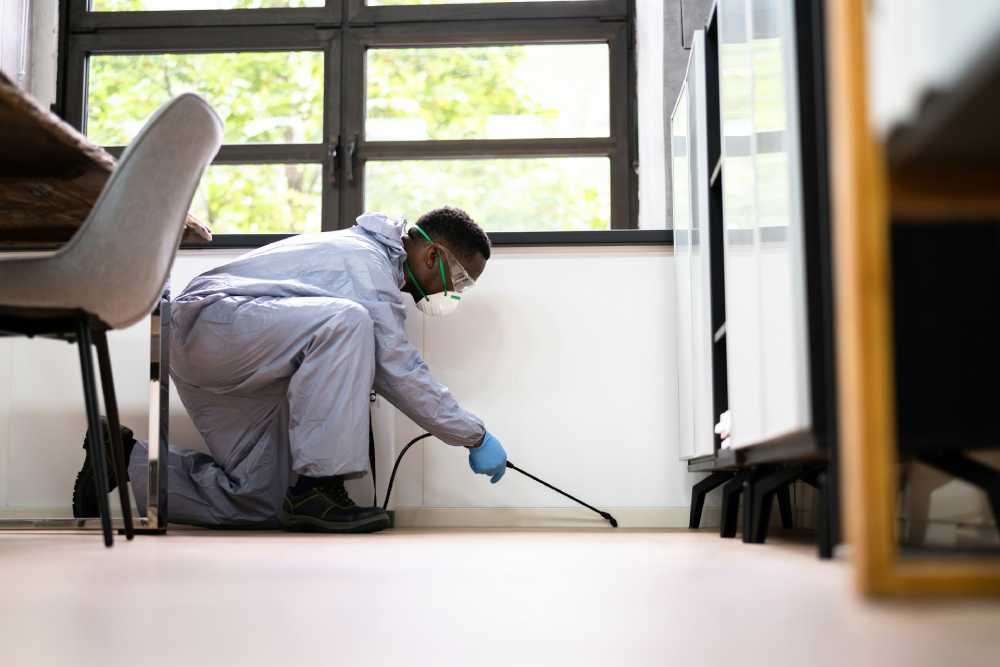Many engineering applications require hinges to withstand high levels of torque. Off-the-shelf hinge solutions often need to meet the demands of these applications. One solution is to use adjustable friction hinges. These hinges can be used to help designers create a great end-user experience.
Reduced Maintenance
A torque hinge, or a position control hinge or friction hinge, holds doors or lids in the desired position to prevent them from slamming shut. They are available in various levels, specifications, and mounting positions to suit varying application requirements. When selecting an adjustable friction hinges for your application, it’s essential to ensure it can handle the weight of the door or panel. To achieve this, you must determine the hinge’s resistive torque and ensure that the force applied to the hinge matches or surpasses it. This will prevent unnecessary wear and tear that could shorten the lifespan of your application. Additionally, it will prevent doors or panels from slamming shut due to gravity, which could potentially damage equipment or harm individuals using the application.
Enhanced Durability
Friction hinges provide resistance to pivoting motion through a mechanism built into the hinge that generates friction. This helps to hold lids, doors, windows, and panels in position, preventing spring back, hard slamming, or unexpected equipment shutting. They can also be made from various metals, including cold-rolled steel, stainless steel, and aluminum. Choosing the right hinge for caustic or hostile environments depends on the material from which it is manufactured and its ability to resist corrosion, temperature changes, and other environmental factors. Some friction hinges are designed with a detent function, making opening doors, panels, and devices easy but challenging to close. Others are bi-directional, allowing them to generate torque in one direction and then reverse it in the opposite direction.
Better Thermal Insulation
Friction hinges help ensure doors, lids, or access panels stay open and in place. They offer various torque ratings, specifications, placement options, and features. They are available in several finishes and sizes to accommodate varying use cases. One of the most popular uses for these hinges is in laptop computers and other electronic enclosures. These hinges are also commonly used in storage cabinets, machine covers, and large freezers. Detent friction hinges feature two leaves and a connecting knuckle that holds a door or device open to a pre-determined angle. These hinges can be customized as one-way, providing only resistance in one direction, or two-way, allowing damping on both sides. They can also be designed to meet specialized needs, such as rugged, medical, or hazardous applications.
Reduced Noise
Known as position control hinges, torque or friction hinges use a mechanism within the structure of the hinge to generate resistance, which prevents a door, panel, or lid from moving in an unwanted direction. They also contain slamming, which can cause damage to equipment or injuries to employees. The hinge’s resistance mechanism is typically adjustable with a hex key, and its strength can be increased or decreased to match the application’s specific requirements. This flexibility and customization are crucial to creating high-quality, durable products that meet specific customer needs.
Enhanced Aesthetics
Hinges with adjustable friction offer the flexibility to define and change their movement, operation, and positioning. They also feature concealed mountings for a clean appearance. Friction torque positioning or stop hinges utilize force to hold the attached item in a specific position. They’re designed to move when a precise amount of torque is applied, and they can stay in that position until the hinge’s rated force is released. Friction hinges come in various sizes, styles, and mounting types to accommodate applications and environments. They’re made of metal to ensure durability and strength. Many are designed to be aesthetically pleasing, such as those found on laptop computers. They may have a satin, silver, or black finish to complement the color of the computer casing.





Leave a Reply
You must be logged in to post a comment.